Bringing Energy to Life
November 13, 2018
Energizing Infrastructure Investment
December 3, 2019
Bringing Energy to Life
November 13, 2018
Energizing Infrastructure Investment
December 3, 2019Sustainability is a complex topic. Ask four people and discover five definitions for the term. Without a widely understood definition, sustainability remains an open question.
Applied as business concepts, sustainability and conservation often represent a substitute for environmental management. These concepts can also be viewed as philosophies of control and exclusion. In this sense, sustainability or conservation implies a commitment to sustaining a particular way of life. If we accept that natural environments have and always will be subject to change, the role of human intervention to shape, influence or manage wildness presents contested space.
Recognizing these contradictions, INL set out to explore the points of tension and intersection to begin to define a path forward. At the “Energizing the Modern Age” symposium, discussants focused on where society can gain the most while reducing the resources required. Resource intensity emerged as a priority attribute of what may or may not be sustainable. In this sense, science and business experts shared a commitment to what sustainability means in terms of how communities and businesses can work together to facilitate economic growth while maintaining the quality of the planet.
Sustainability centers on the need to leave the planet in the same or better condition for future generations.
After decades of debate, notions of sustainability have moved from largely academic circles to broader public discussions. The context for sustainability programs has moved into business and government. Increasingly, leaders recognize their contributions to a sustainable future and the importance of engaging in these conversations, sharing their perspectives and defining collective actions to promote sustainable outcomes.
To succeed in the 21st century, sustainability must address more than just the environment. For businesses, sustainability can include aspects of shareholder value and economic imperatives. For some communities, it reflects principles of fairness and sustaining a way of life.

Equity and Sustainability are Inherently Linked
Equity can be viewed and discussed from a variety of perspectives. It can be looked at from the perspective of future generations (intergenerational equity) and from the perspective of those living on the planet today (inner-generational equity).
As society endeavors to create a more sustainable future, it’s important to maintain a focus on achieving equity and recognize that some communities have been subject to unsustainable practices. Fortunately, there are opportunities to do better. The Thriving Earth Exchange provides resources to help communities lead change in their own backyards.
Further, communities can benefit from low-cost energy without the environmental consequences experienced in the past. Leapfrogging some of today’s technologies to more advanced ones can create efficient and reliable electricity that supports emissions-reductions goals and helps achieve a clean and resilient future.
Considering the various perspectives that are part of sustainability conversations today, it’s no surprise that defining sustainability is a challenge. Sustainability advocates must reconcile those viewpoints, which include diverse opinions on topics that encompass environmental justice, indigenous people and even a desire to return to a minimalist lifestyle.
Native American societies responded to the environment they inhabited, but today, technology intersects and even disrupts that human-environment symbiosis. This is why, in part, there are so many perspectives on and definitions of sustainability and indicates a tension point that will always be in flux. Nonetheless, even across various perspectives on sustainability, a consensus emerges around a key theme – collectively, society needs to leave the Earth in the same or better condition for future generations.
We’ve got to leave this planet in a place that our kids ‒ for 240 generations down the pipe ‒ can survive on it. That brings it into perspective and we realize that compromise is needed across the board.”
Sustainable solutions require collaboration and engagement.
The search for solutions to power a world that will soon be home to nearly 10 billion people is an enormous task. Stakeholders from business, the scientific community, academia and nongovernmental organizations will not move forward in conversations just among their peer groups. Evidence of progress on sustainable solutions emerges with examples of collaboration and engagement. The specific problems and challenges that need to be addressed will be different everywhere.
We have the opportunity to do a better job when we are developing new ways to generate energy, regardless of how that looks. Having everyone in the conversation is a way to make sure that those technologies are developed in a way that is environmentally friendly.”
Collaborative problem solving requires a shift in strategy and perspective. Science can only go so far. Technology offers solutions to real challenges in communities, as long as experts take the time to engage with the community and understand those problems. By finding creative approaches to local challenges, real progress can be made toward a clean and resilient future.
For example, the National Oceanic and Atmospheric Administration found that in 2018 the U.S. tied the record for the number of high tide flooding days. High tide flooding leads to inconveniences such as road closures or overwhelmed storm drains. Rising sea levels, rather than a strong storm or hurricane, cause high tide flooding and also make extreme events like storm surges even worse.
Constructing green buildings that are more resilient and offer shelter during floods addresses a tangible challenge that many communities face. The green aspects of such buildings often have secondary benefits, too. They can result in reduced building operations and maintenance costs, which make more funding available to support local services such as firefighting and law enforcement.
For example, the mayor of a Georgia town sought to build a new city hall that was more resilient and could serve as shelter during floods, a real concern for the local community. The mayor also worked to make the city hall green, which helped to lower its operating budget. In turn, this made more funds available to support the police and fire department.
Collaboration offers an opportunity to address challenges related to futureproofing technologies. The concept of futureproofing refers to protecting a product, service or technology from becoming obsolete. Many business leaders struggle with futureproofing when making investment decisions in fields where technologies constantly evolve. This can go so far as to limit their willingness to take a chance on new technology. For example, in the utility space, smart meter technology evolves quickly, meaning that it can become outdated by the time a broad implementation effort is complete.
Several approaches have the potential to help address the challenge of futureproofing.
Society needs to recognize the value of natural resources and balance environmental and economic considerations.
The Earth has natural resources that can support the global population, but those resources have tremendous value that must be recognized. This approach to valuing natural resources can be seen in the fisheries and wildlife communities. License fees from hunting and fishing, and excise taxes from the sale of hunting and fishing gear fund wildlife and restoration programs. The limitation of this approach is that everyone benefits from those programs, but only specific users pay the fees and taxes.
Executives increasingly recognize their responsibility not only to their businesses but to society and the environment. Yet, diverse opinions exist on how businesses can best pay for or offset their environmental impacts. Options include carbon taxes, cap-and-trade systems and other incentives, but there is little agreement on the best approach and no clear option that is likely to be implemented in the U.S. in the near term.
Despite this, a growing number of utilities across the country are making commitments to transition their generation portfolios to 100 percent clean energy technologies within the next several decades. In just the last year, Platte River Power Authority, Idaho Power and Xcel Energy set goals to achieve 100 percent clean energy by 2030, 2045 and 2050, respectively.
Some executives contend that these commitments are largely due to anticipated technology advancements and a recognition that carbon-emitting sources are not the future. They view these factors as greater incentives for change than policy actions like taxing carbon.
Businesses should be judged not by how much they produce, but by how well they do it. That hasn’t happened yet.”
Business leaders suggest several other approaches to balancing environmental and economic considerations.
The U.S. Chamber of Commerce launched a task force to examine business practices that favor resource efficiency. The opportunity to better manage finite resources in manufacturing, logistics, and urban and agricultural sectors can bolster results-oriented policies and performance standards. This effort represents the trend of businesses seeking to resolve the issue of financial markets that do not yet appropriately consider and weigh certain environmental risks. Misaligned market signals slow the pace of change.
